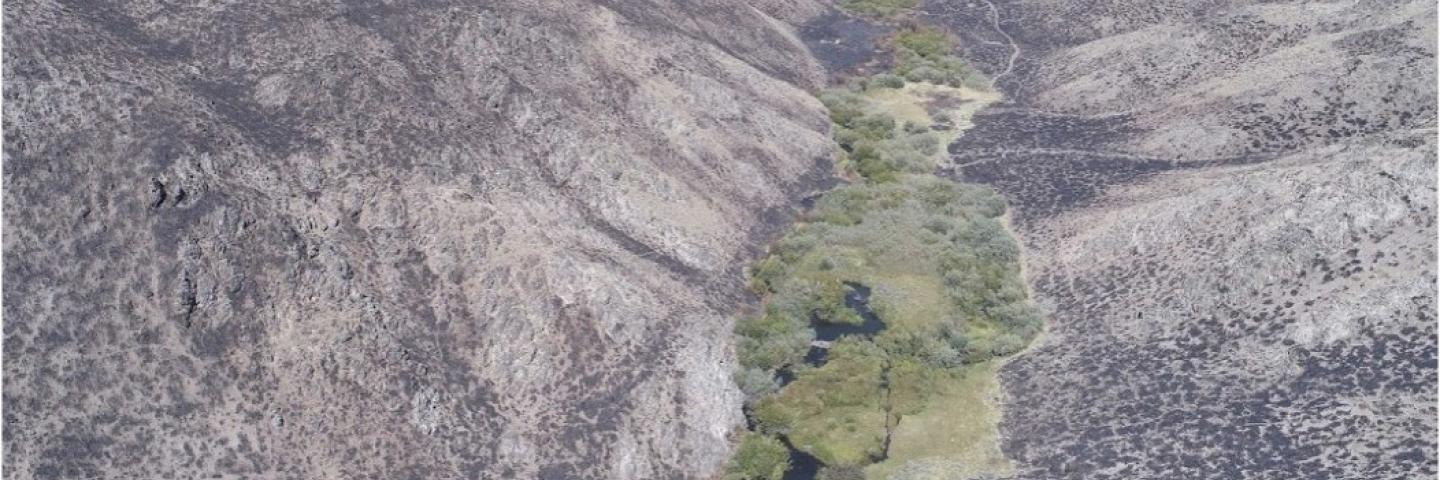Mapping Riverscapes to Support Productive and Resilient Working Lands

On May 2 at 2:00 p.m. eastern, Dr. Joseph Wheaton, Utah State University, and Jeremy Maestas, NRCS Western National Technical Support Center, will share new findings on effectively targeting wetland restorations in the intermountain West during our free, one-hour Conservation Outcomes Webinar.
Registration
This virtual webinar will be hosted on Microsoft Teams. No registration is required.
Healthy riverscapes, with connected floodplains and rich riparian wetlands, are critical pieces of natural infrastructure that reduce the risk of floods, drought, and wildfire, and increase the resiliency of water resources, working lands, and rural economies. Managing rivers and streams as systems that include riparian wetlands helps maximize these benefits.
On May 2 at 2:00 p.m. eastern, Dr. Joseph Wheaton with Utah State University’s Department of Watershed Sciences and Jeremy Maestas, a Sagebrush Ecosystems Specialist with the NRCS Western National Technical Support Center, will share new findings on effectively targeting wetland restorations in the riverscapes of the intermountain West during our free, one-hour Conservation Outcomes Webinar. This webinar will provide key takeaways from a study, co-developed by Utah State University and USDA’s Conservation Effects Assessment Project, on leveraging the Valley Bottom Extraction Tool (VBET) to identify current wetland and riverscape health in key Western U.S. watersheds, create tools to inform conservation, and document outcomes of restoration efforts. Findings may be used to support conservation planning and assessment, and on-the-ground management decisions, in riverscapes across the region.


